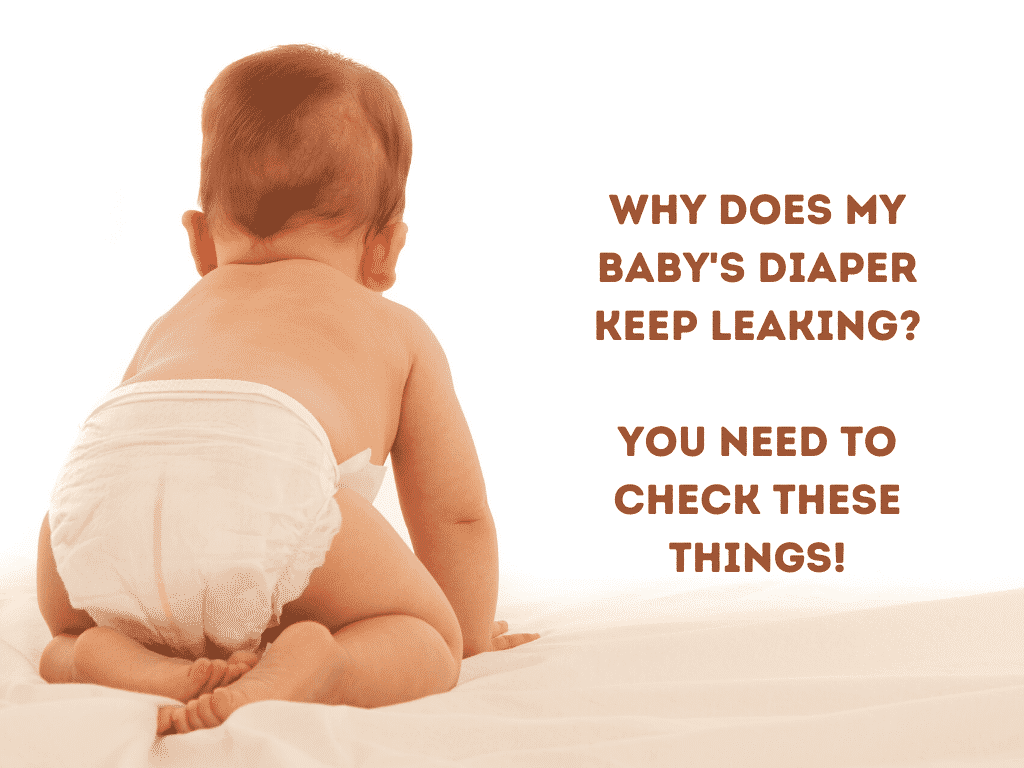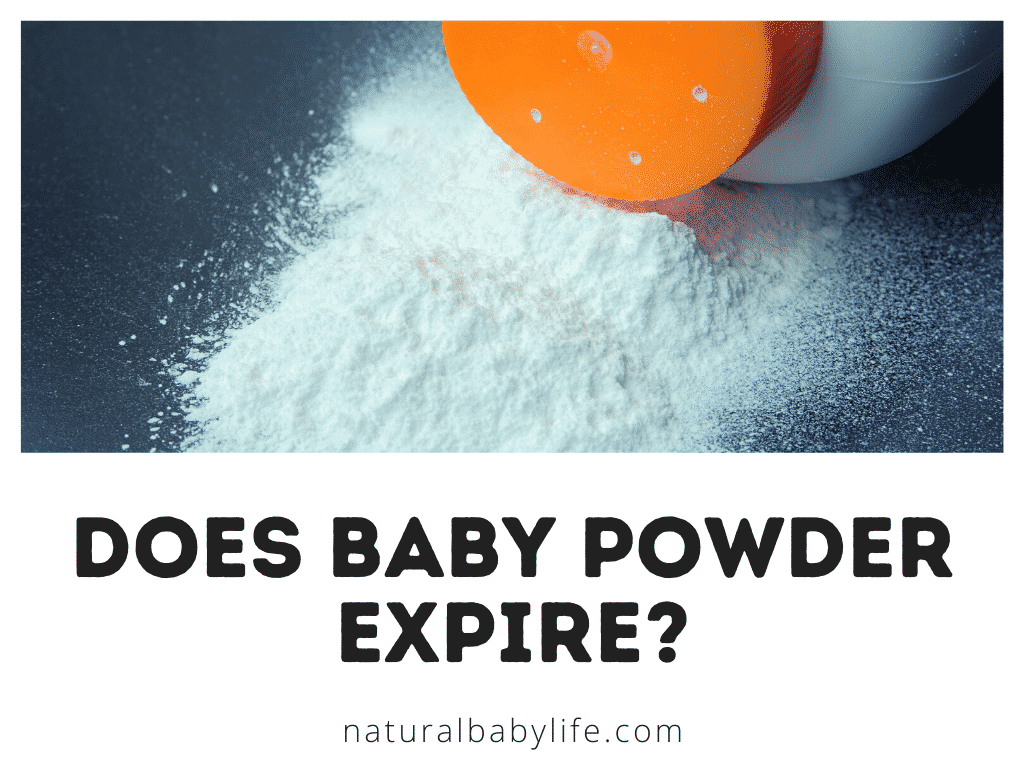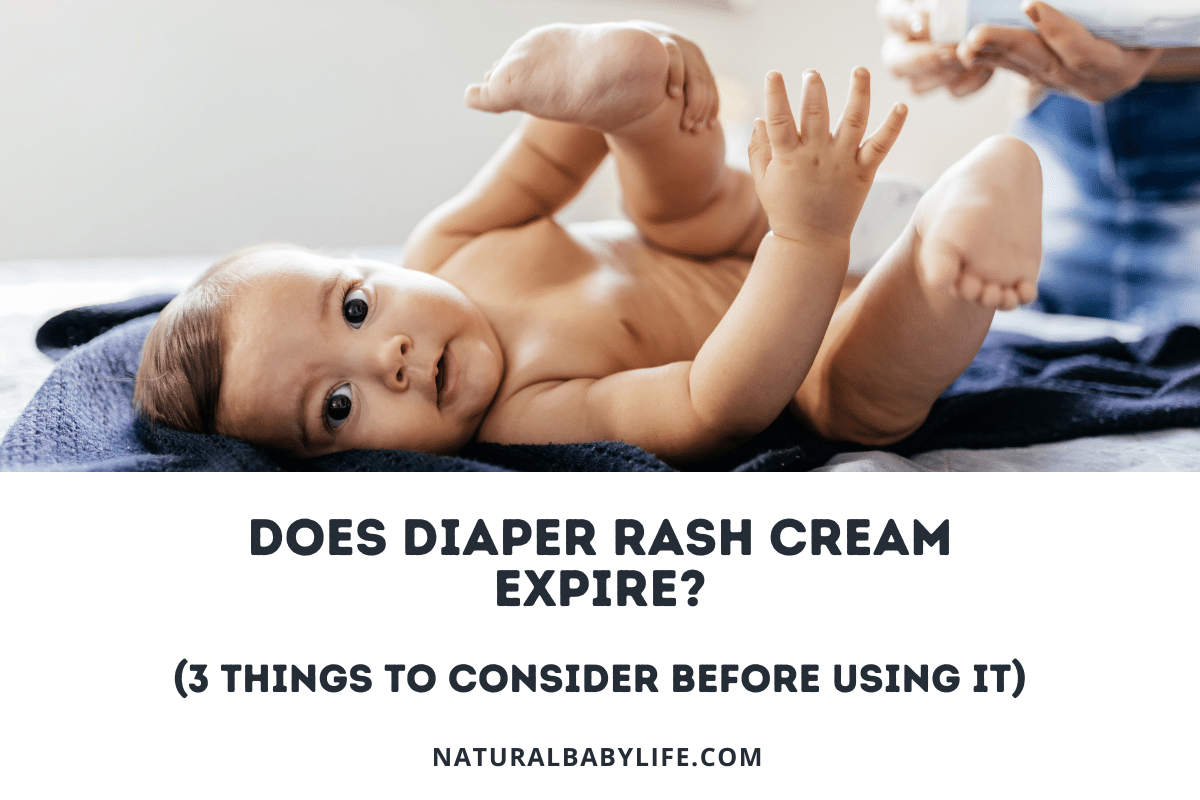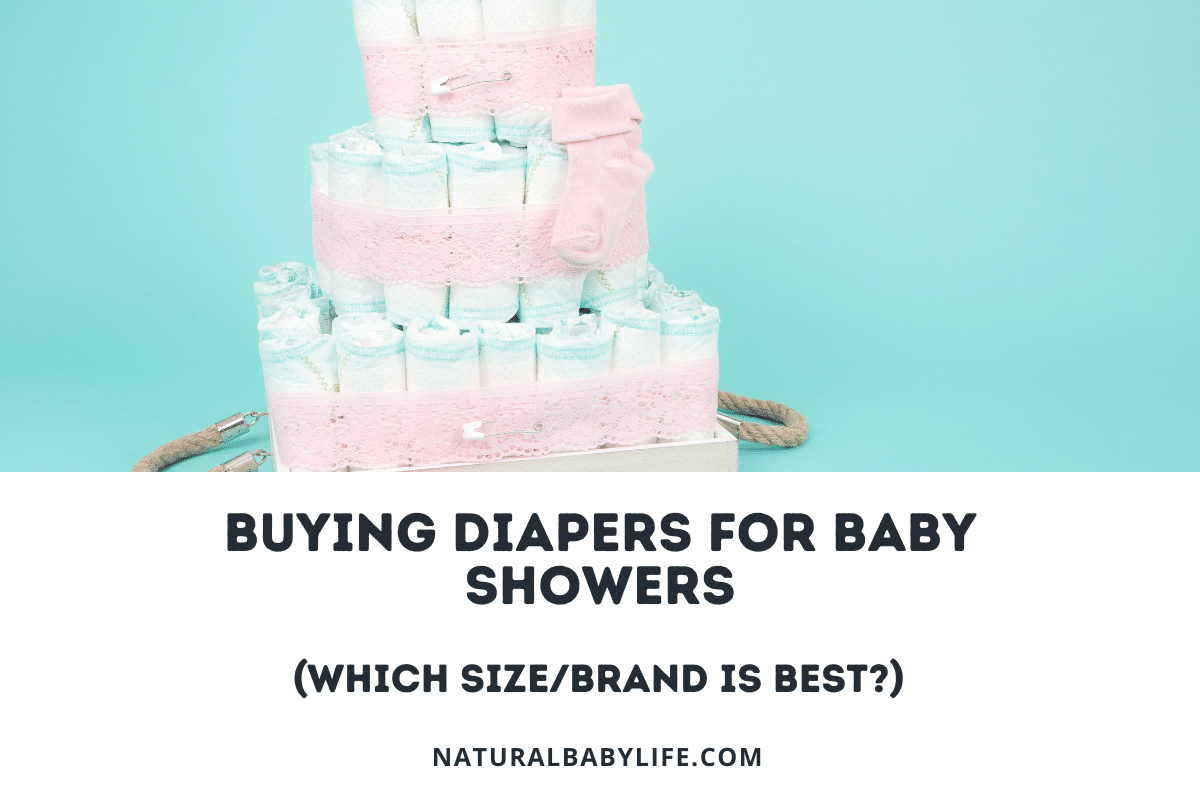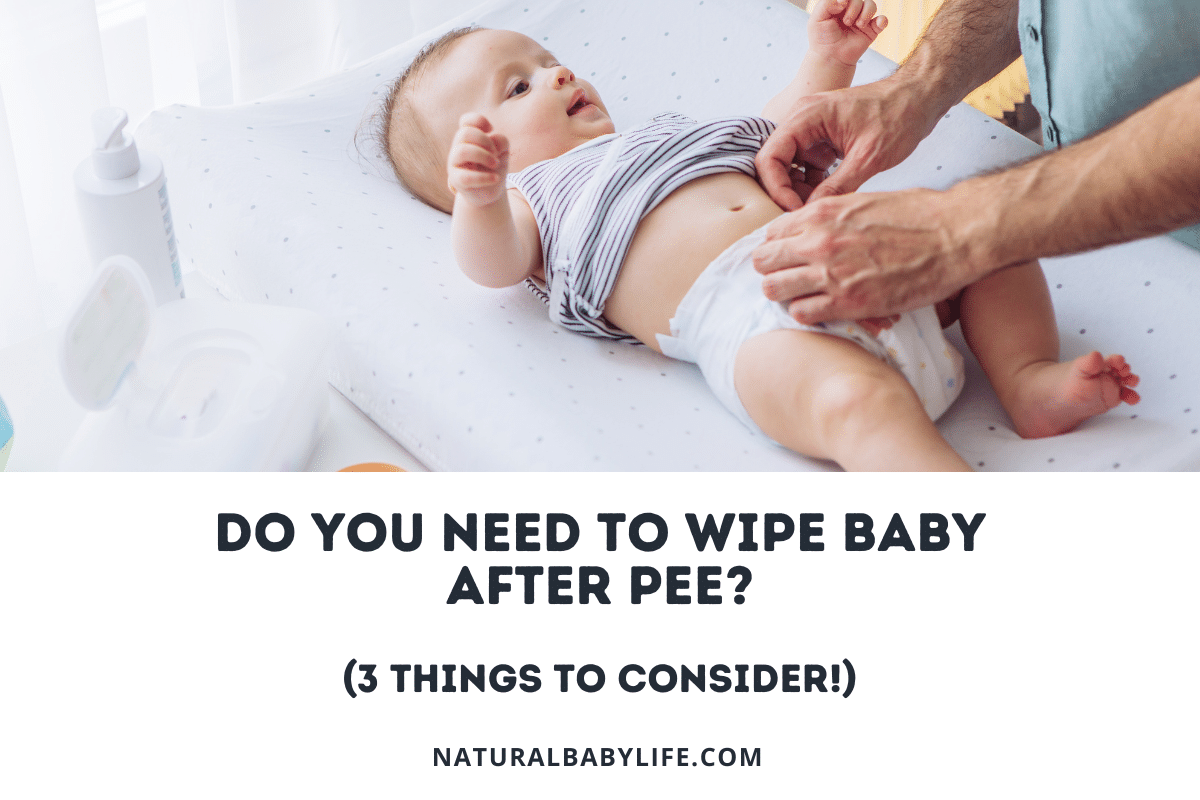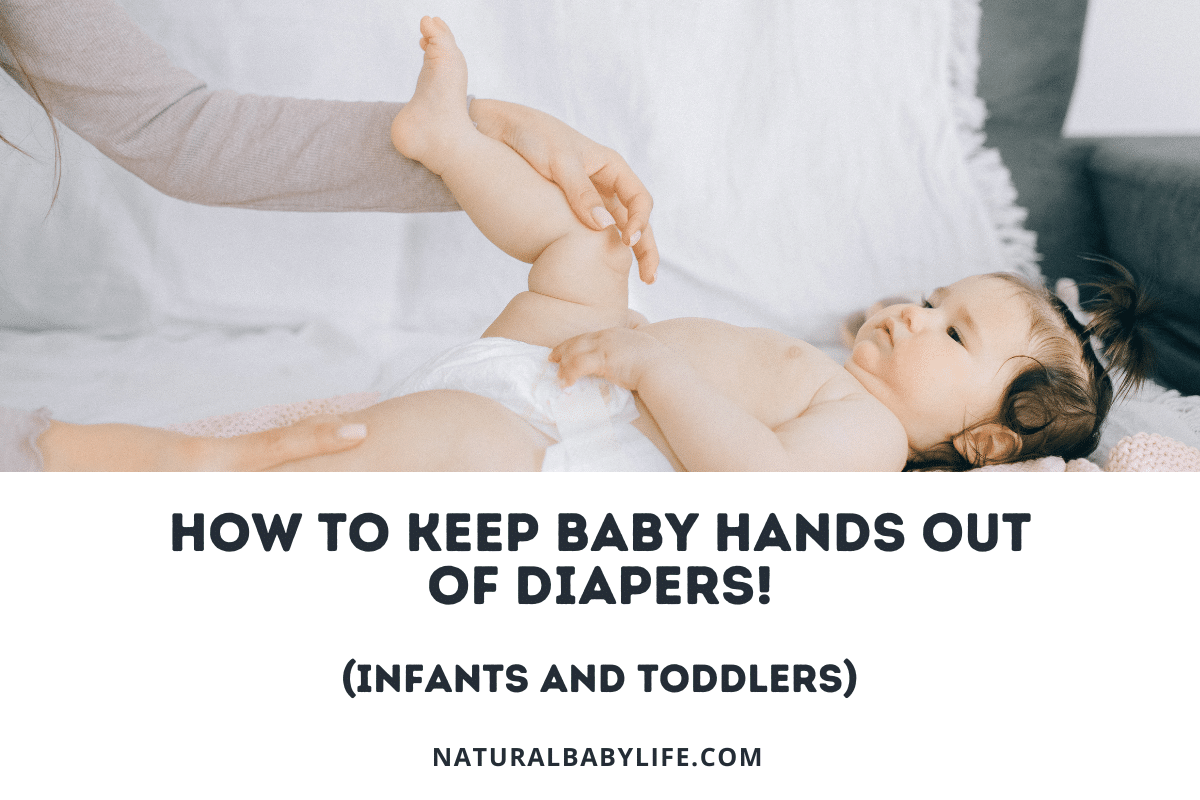The diaper stage is already a difficult one for parents, so leaky diapers are the last thing you want to worry about. Diaper leaks happen to every parent, but if your baby’s diaper is constantly leaking you may have a problem. If this has been your experience lately, you might have asked yourself why does my baby’s diaper keep leaking?
A baby’s diaper will leak if it is too big, fits poorly, is put on incorrectly, lacks enough absorbent material, or has been left on for too long between changes. Diaper leaks commons occur around the legs and up the back of the diaper. Purchasing the correct diaper and paying attention to proper fitment will minimize leaky diapers.
Keep reading to see the best ways to figure out why your baby’s diaper is leaking and what you need to check in order to prevent diaper leaks and blowouts.
Table of Contents
How do I stop my baby’s diaper from leaking?
Leaky diapers are one of the most frustrating things to deal with as a parent, especially if it is a poopy diaper!
There are many different reasons why your little one’s diaper may be leaking but there are a few things you can check to narrow down the problem. More often than not, size is the issue. Some babies may be wearing diapers that are too big, and others might be too small. Even if you’ve matched the size of the diaper with your baby’s weight, the fit isn’t always 100 percent accurate since babies come in many different shapes and sizes.
Another reason diapers leak constantly is the diaper material. The reason most parents have preferences on diaper brands is because they tend to find what works best for their baby over time and then stick with it. Once you find the right size, you also have to find the right material that works for you. Some diapers are more absorbent than others so if you have frequent leaks, you may need something more absorbent.
Diapering a baby seems simple enough, but we all know parenthood doesn’t come with a manual. It’s not uncommon for diapers to be put on incorrectly and if they are, it may cause unnecessary leakage.
Constant diaper leaks can be frustrating, especially when you feel like you’ve tried everything. Let’s explore the possible causes of your baby’s diaper leakage and how you avoid them in the future.
Correct diaper size
Diaper size is the most common reason for leaky diapers and leakage could be a sign that the diaper is either too big or too small.
Every brand typically organizes their sizes based on the weight of the baby, and although these sizes are mostly accurate, diapers fit each baby differently because the weight of a tall, skinny baby could be the same as a short, fat baby.
By the way, I recently wrote an article all about finding the best diapers for tall babies if you want to check it out!
Since babies come in many different shapes and sizes, sometimes the correct doesn’t match up with your baby’s weight. Much like clothing, it’s also possible that each brand of diapers fits a little bit differently, so if you haven’t committed to one brand, you may need to experiment to find the right size.
Although diapers are designed to absorb liquid, if the size is incorrect it’s hard for the diaper to absorb it all. Especially when a diaper is too small, there simply isn’t enough material to absorb all the liquid and leaks are imminent. Diaper blowouts can also be an issue in this case, and no parent looks forward to experiencing their first blowout. They’re bound to happen eventually, but if the diaper is too big or isn’t secured properly, the mess is likely to be much more extreme.
How to tell if a diaper is too small
A properly sized diaper should be snug on all sides but not too tight. When a diaper is too small, it often leaves marks on your baby because of the elastic pressing against their skin. After a diaper change, check around your baby’s waist and on their upper legs for any red marks or imprints. If the diaper looks too snug, then it might be time to size up as well. The diaper should fit comfortably on your baby without leaving any gaps for leaks to sneak through.
When a diaper is too small, you’ll notice frequent leaks and blowouts since the diaper doesn’t have enough room to absorb everything. You may have to test out the next size up if your baby is between sizes.
How to tell if a diaper is too big
Diapers that are too big are another cause of diaper leakage. You may think a bigger diaper would prevent leaks, but if it’s still the incorrect size, the liquid won’t be contained well within the diaper. If there’s any room in the diaper for leaks to sneak through, they will. Gaps around the legs or waist are the main sign of a diaper being too big. Check the fit around your baby’s legs and around their waist to make sure it’s snug and test the tabs on the diaper to be sure you can fasten them securely.
If your baby’s diaper is too big, you may notice that it seems loose, even when you try to tighten the tabs. It may also start to slip off when your baby wears it for a long period of time.
Proper diaper fit
Even if you match the diaper size with your baby’s weight, some parents still have issues because not all babies are the same shape. Some babies are longer or shorter than others, so although most of the time the weight range will be accurate, it could be off if your baby is longer or taller than average. There are a couple of ways you can tell if you have the proper diaper fit.
By the way, I recently wrote all about finding the best diaper for skinny babies that can help you if you have a little beanpole at the house!
Check the legs
In order to ensure the proper fit, it’s important to check the legs of your baby in relation to the diaper.
The leg cuffs on the diaper help keep the diaper tight and fit your baby’s legs. If there are any marks from the elastic, the diaper is likely too small. One cause of leaking is the leg cuffs being tucked into the diaper. Check to make sure the cuffs aren’t tucked into the diaper. If there are gaps in the fit around your baby’s legs, the diaper is likely too big.
Check the waist
The fit around your baby’s waist is another sign of incorrect sizing for a diaper. If there are any gaps where the diaper could easily leak, then you may need to change to a smaller size. It’s also important to make sure the diaper is placed properly around the waist. The diaper should be snug on your baby’s waist and should sit right under their belly button.
Absorbent diaper material
Considering how many diapers babies go through every day, many parents choose to avoid name-brand diapers to save some money. But not all diapers are not equal and sometimes the brand does make a difference when it comes to absorbency. Cheap diapers tend to be lower quality, not only in absorbency but also in how well they keep moisture out of the inner lining. A poor quality diaper may absorb liquids but doesn’t keep your baby feeling dry which causes your baby to be uncomfortable and need their diaper changed more frequently.
Not all store-brands are bad, and there are even some affordable brands that make great quality diapers, but if your baby is having frequent diaper leaks or blowouts, you may need to look for a different type.
If you want some examples of great diapers that are also biodegradable and natural for your baby, check out my recommendations here!
Tips to help prevent diaper leaks
Choosing the right diaper size and ensuring the diaper fits your baby well are the best ways to prevent diaper leakage. But if you’ve already checked for proper fit, here are some tips to prevent diaper leaks:
- Stick to a schedule – The time of day that your baby or toddler is eating and drinking is going to affect how frequently they wet their diaper. Especially with babies or toddlers who are a little bit older, try to avoid giving them unnecessary liquids before naptime or bedtime. Only limit liquids with older babies, however, since babies should still be fed breastmilk or formula before bedtime if they are young enough to need it.
- Change your baby’s diaper more frequently – If you’ve covered all your bases and your baby’s diaper is still leaking, you may not be changing their diaper frequently enough. Changing frequent diapers is also a good way to prevent infections or diaper rash. Your baby should always be changed before bedtime to help your baby sleep more soundly and avoid waking up in the middle of the night with an extremely wet diaper.
- Make sure the diaper is put on correctly – Even if the size of your baby’s diaper is correct, it’s still possible to put it on incorrectly. With just a few adjustments, you can avoid any major diaper leaks. Be sure to unfolder all parts of the diaper before placing the back half underneath your baby. The top of the back half should sit at your baby’s waist, and the front half should sit right underneath their belly button. Be sure the leg cuffs are facing out and the tabs are securely and symmetrically fastened. The diaper should also be straight and without any rips or tears.
The most common leaky diaper issues
If you’ve been a parent for more than a few months, you’ve likely experienced some of the most common diaper issues. From diaper blowouts to pee-soaked onesies, figuring out how to diaper properly is often a learning curve for new parents. No matter what the issue is, most leaky diaper issues can be fixed or prevented with just a few adjustments.
Diaper blowouts up the back of the diaper
When blowouts happen, we know how frustrating it can be. They usually end up all over your baby’s back because it’s hard to seal that part of the diaper. Much like diaper leaks, blowouts usually happen when a diaper doesn’t fit properly. Sometimes they can’t be avoided, but if your baby has blowouts frequently, it’s either because the diaper is too big causing a gap in the back, or it’s too small and there’s not enough room in the diaper.
Peeing through the side of the diaper
Peeing through the side of the diaper is another problem that can occur when a diaper doesn’t fit properly or if it’s simply put on the baby incorrectly. Checking the waist and legs of your baby when putting their diaper on is the best way to prevent any pee from escaping. When you check the leg cuffs to be sure they’re facing the right way, you can run your finger along the inside of the diaper to pull the leg cuffs out.
Baby boy is peeing out of the back of the diaper
Another common problem is baby boys peeing out of the back of their diaper, usually leaving their clothes and back soaked.
A diaper that’s too big or small could be the cause of this problem since a diaper that isn’t tight enough will cause frequent leaks and a diaper that’s too small may not be absorbent enough. Parents of baby boys are often told to be sure they point their little one’s penis down and not taking this step can actually cause leaks from the front or back of the diaper. If the diaper fits and is fastened properly, the diaper should absorb any pee and you shouldn’t have leaks on either side.
Peeing through the diaper at night
No parent wants to wake up several times a night to change their baby’s diaper, but leaky diapers at night time are pretty common.
If your baby’s diaper doesn’t last the entire night, you may need to look into a more absorbent diaper. Most brands make a diaper that’s specifically made for nighttime use which is more capable of absorbing a greater amount without your baby feeling wet. When it comes to their ability to stay asleep, most babies will wake up if they feel wet or uncomfortable.
What if your baby wakes up with a dry diaper instead?

